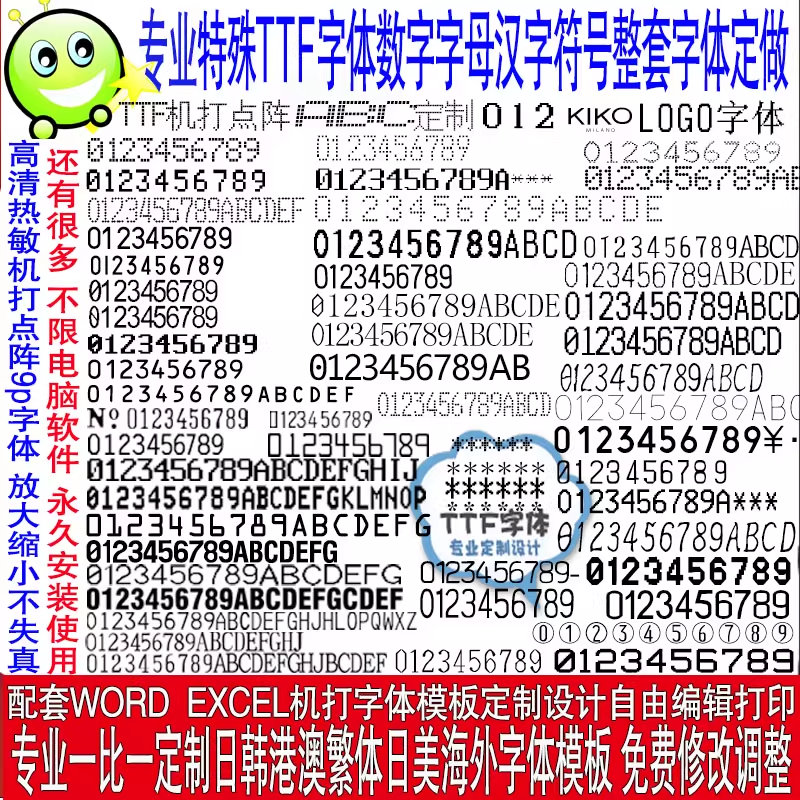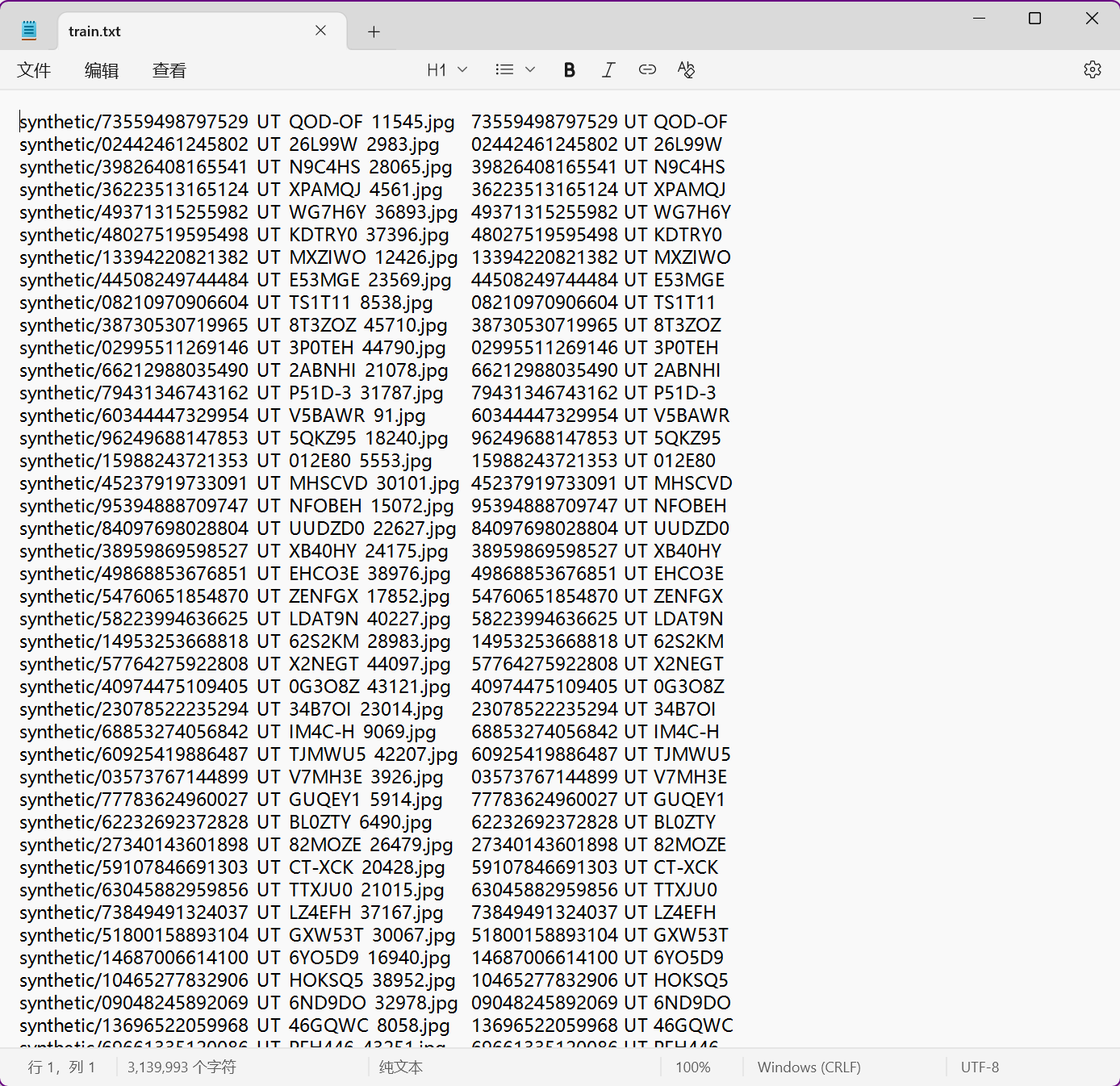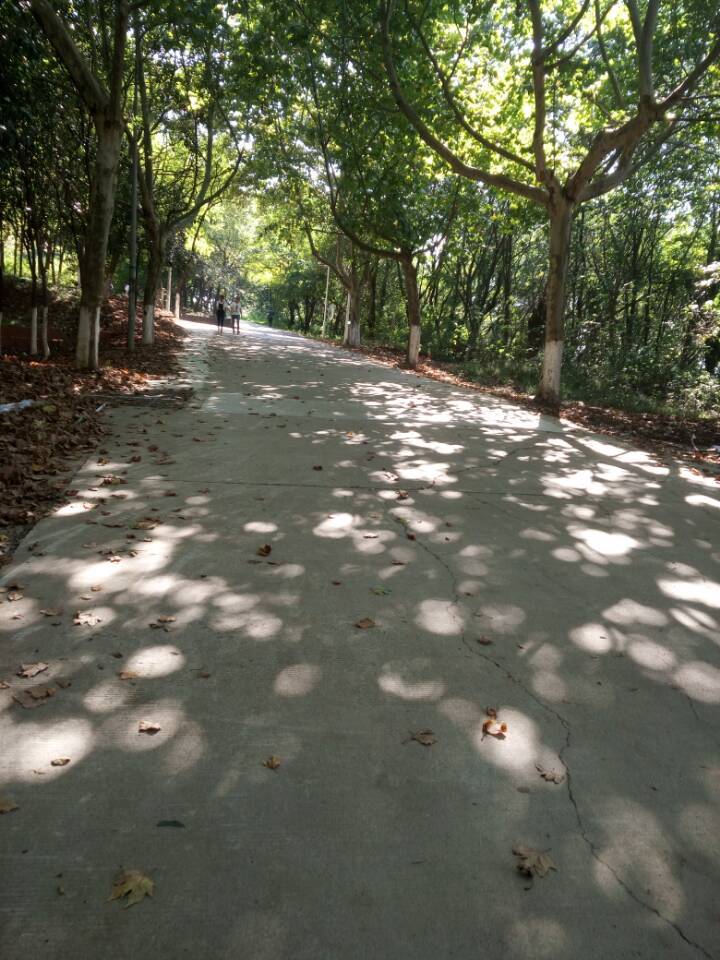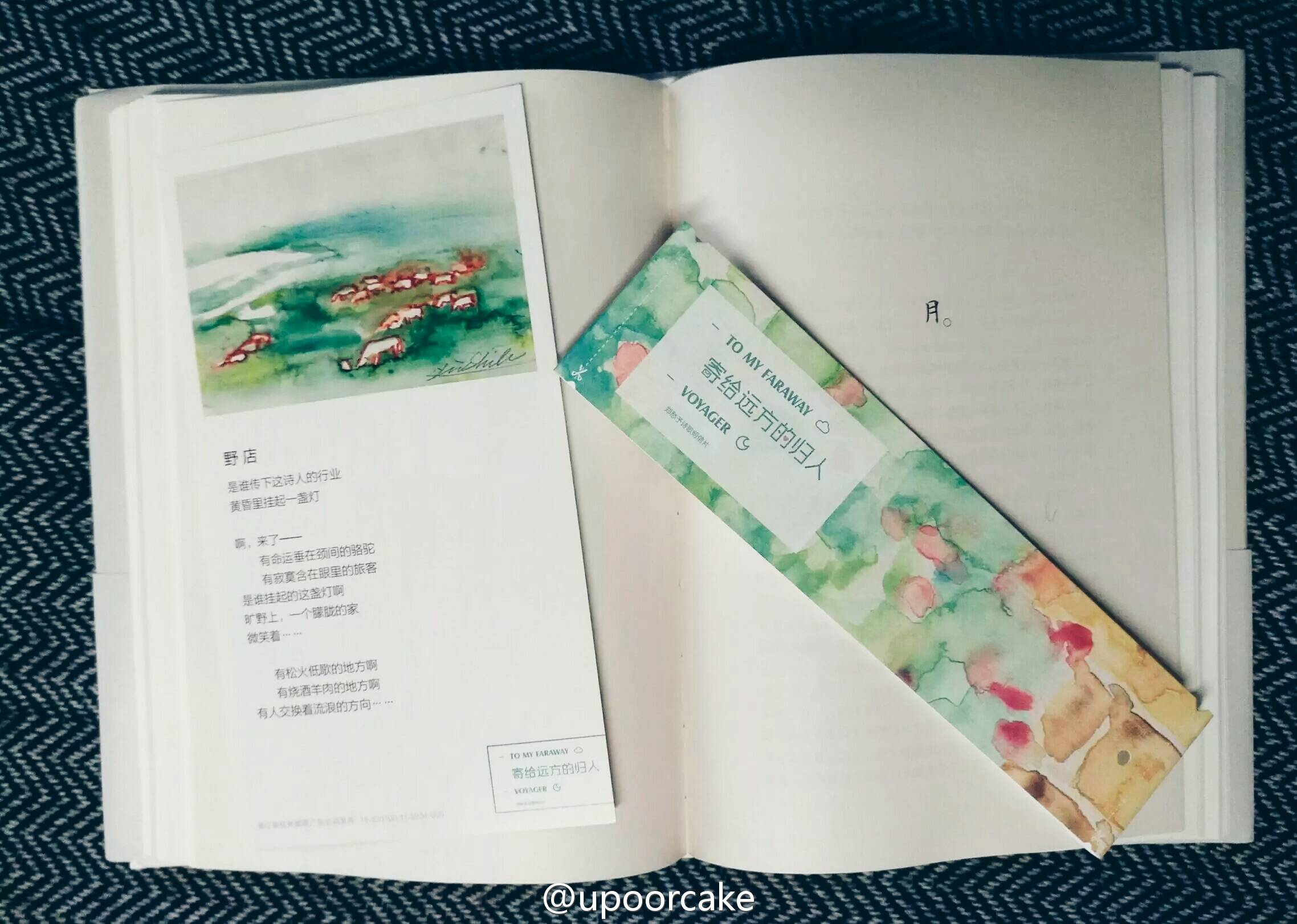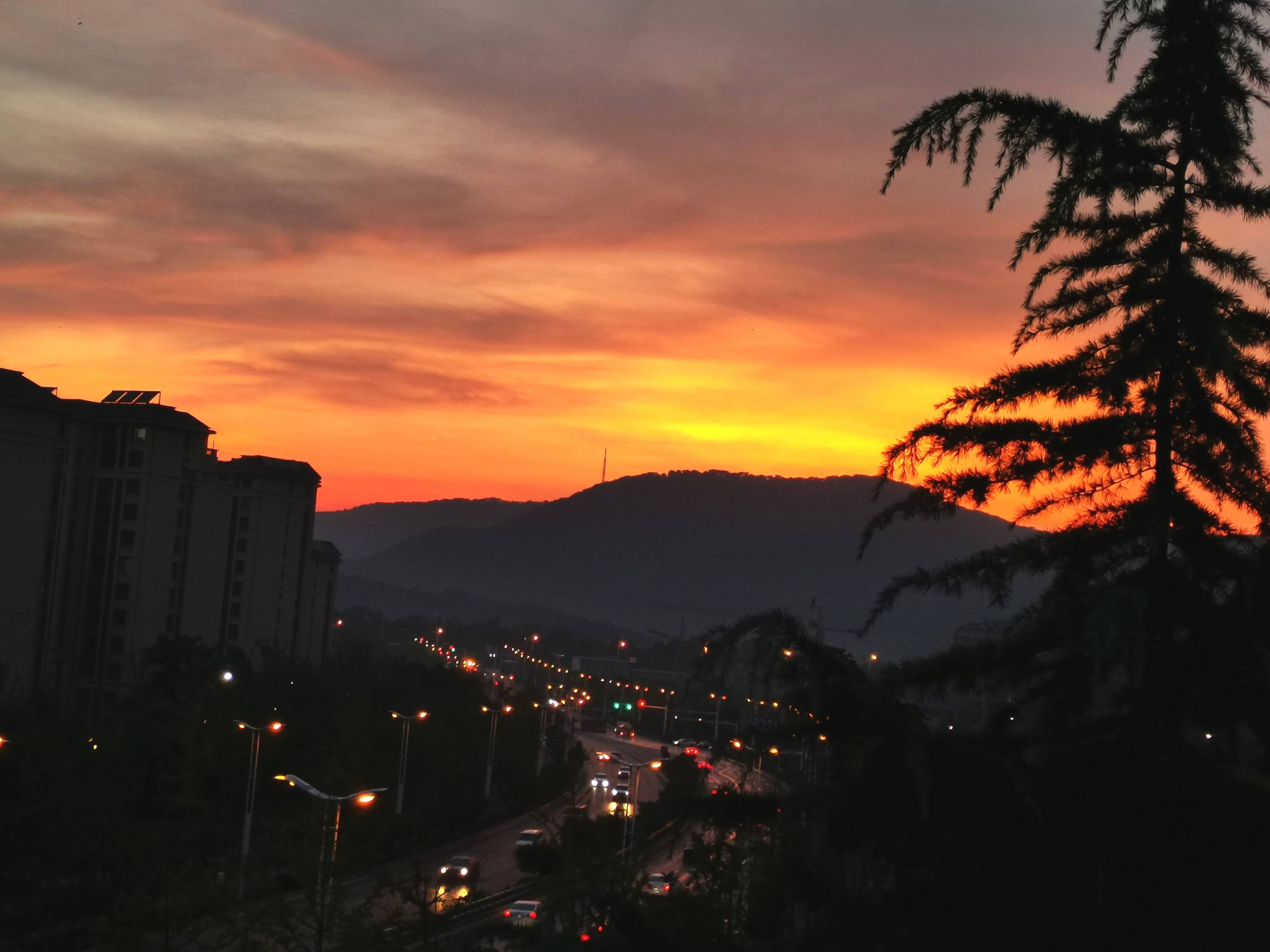1
2
3
4
5
6
7
8
9
10
11
12
13
14
15
16
17
18
19
20
21
22
23
24
25
26
27
28
29
30
31
32
33
34
35
36
37
38
39
40
41
42
43
44
45
46
47
48
49
50
51
52
53
54
55
56
57
58
59
60
61
62
63
64
65
66
67
68
69
70
71
72
73
74
75
76
77
78
79
80
81
82
83
84
85
86
87
88
89
90
91
92
93
94
95
96
97
98
99
100
101
102
103
104
105
106
107
108
109
110
111
112
113
114
115
116
117
118
119
120
121
122
123
124
125
126
127
128
129
130
131
132
133
134
135
136
137
138
139
140
141
142
143
144
145
146
147
148
149
150
151
152
153
154
155
156
157
158
159
160
161
162
163
164
165
166
167
168
169
170
171
172
173
174
175
176
177
178
179
180
181
182
183
184
185
186
187
188
189
190
191
192
193
194
195
196
197
198
199
200
201
202
203
204
205
206
207
208
209
210
211
212
213
214
215
216
217
218
219
220
221
222
223
224
225
226
227
228
229
230
231
232
233
234
235
236
237
238
239
240
241
242
243
244
245
246
247
248
249
250
251
252
253
254
255
256
257
258
259
260
261
262
263
264
265
266
267
268
269
270
271
272
273
274
275
276
277
278
279
280
281
282
283
284
285
286
287
288
289
290
291
292
293
294
295
296
297
298
299
300
301
302
303
304
305
306
307
308
309
310
311
312
313
314
315
316
317
| import os
import random
import string
import subprocess
from pathlib import Path
# ================== 配置参数 ==================
FONT_DIR = "fonts"
TEXTURE_DIR = "images"
SYNTHETIC_DIR = "output/image"
LABEL_FILE = "output/train.txt"
NUM_IMAGES = 50000
FONTS = [
"正双排方点阵289-6.otf"
]
TEXTURE_EXTS = ['.jpg', '.jpeg', '.png']
CLEAR_EXISTING = True
# ==============================================
def get_files_in_dir(directory, extensions):
if not os.path.exists(directory):
raise FileNotFoundError(f"目录不存在: {directory}")
lower_extensions = [ext.lower() for ext in extensions]
files = []
for f in os.listdir(directory):
file_path = Path(f)
if file_path.suffix.lower() in lower_extensions:
files.append(f)
if not files:
raise FileNotFoundError(f"在 {directory} 中未找到指定类型的文件。请检查字体文件是否存在且扩展名为 {extensions} (或其小写形式)。")
return [os.path.join(directory, f) for f in files]
def random_suffix(length=6):
chars = string.ascii_uppercase + string.digits + '-'
return ''.join(random.choices(chars, k=length))
def generate_text():
# 此函数生成的是原始的、带有空格的 OCR 目标文本
plate_number = ''.join(random.choices('0123456789', k=14))
return f"{plate_number} UT {random_suffix()}"
def main():
# 创建目录
os.makedirs(SYNTHETIC_DIR, exist_ok=True)
os.makedirs(os.path.dirname(LABEL_FILE), exist_ok=True)
# 清空已有文件(可选)
if CLEAR_EXISTING:
for f in os.listdir(SYNTHETIC_DIR):
fp = os.path.join(SYNTHETIC_DIR, f)
if os.path.isfile(fp):
os.remove(fp)
print(f"🧹 已清空 {SYNTHETIC_DIR}")
relative_font_paths = get_files_in_dir(FONT_DIR, ['.otf'])
font_paths_for_trdg = [os.path.abspath(p) for p in relative_font_paths]
texture_paths = get_files_in_dir(TEXTURE_DIR, TEXTURE_EXTS)
print(f"✅ 找到 {len(font_paths_for_trdg)} 个字体")
print(f"✅ 找到 {len(texture_paths)} 个背景纹理")
# --- 开始修改部分:处理文件名中的空格 ---
temp_label_file = "temp_labels.txt"
# 1. 生成原始的、带有空格的标签文本列表
original_labels_with_spaces = [generate_text() for _ in range(NUM_IMAGES)]
# 2. 创建一个映射,将带有下划线的文本(用于文件名)映射回原始带有空格的文本(用于真实标签)
underscore_to_original_map = {}
labels_for_trdg_temp_file = [] # 这个列表中的文本将会把空格替换为下划线
for label_with_spaces in original_labels_with_spaces:
# 替换空格为下划线,作为 TRDG 生成文件名时使用的文本
label_with_underscores = label_with_spaces.replace(' ', '_')
labels_for_trdg_temp_file.append(label_with_underscores)
underscore_to_original_map[label_with_underscores] = label_with_spaces
# 3. 将带有下划线的文本写入临时文件,供 TRDG 读取并作为文件名的一部分
with open(temp_label_file, 'w', encoding='utf-8') as f:
for label_for_filename in labels_for_trdg_temp_file:
f.write(label_for_filename + '\n')
print(f"📝 生成临时标签 (用于TRDG文件名,已将空格替换为下划线): {temp_label_file}")
# --- 结束修改部分 ---
# 构建 TRDG 命令(只生成图像)
cmd = [
"python", "-m", "trdg.run",
"-c", str(NUM_IMAGES),
"-i", temp_label_file, # TRDG 现在会从这个临时文件读取带下划线的标签
"--output_dir", SYNTHETIC_DIR,
"--background", "3", # 使用自定义背景
"--image_dir", os.path.abspath(TEXTURE_DIR),
"--name_format", "0", # TRDG 将使用临时文件中的标签直接命名文件
"--margin", "10", # 增加边距
"--blur", "2", # 轻微模糊
"--random_blur",
"--text_color", "#FFFFFF,#EEEEEE,#DDDDDD,#CCCCCC", # 更接近喷码灰白色
"--language", "en",
"--format", "40",
"--width", "720",
"--alignment", "1", # 左对齐
"--orientation", "0", # 水平文本
]
for font_file_path_abs in font_paths_for_trdg:
cmd.extend(["--font", font_file_path_abs])
print("🖼️ 正在生成合成图像...")
print(f"Executing TRDG command: {' '.join(cmd)}")
try:
# 为了更好地兼容性,为 subprocess.run 添加编码设置
subprocess.run(cmd, check=True, encoding='utf-8')
print("✅ 图像生成完成")
except subprocess.CalledProcessError as e:
print(f"❌ 生成失败: {e}")
print(f"命令执行失败,请检查上面打印的TRDG命令是否正确,以及您的TRDG环境。")
return
print("✅ 开始生成 PaddleOCR 标签文件...")
# 获取所有生成的图片。此时,这些图片的文件名已经包含下划线。
generated_files = [f for f in os.listdir(SYNTHETIC_DIR) if f.endswith('.jpg')]
if len(generated_files) == 0:
print(f"❌ 错误:在 {SYNTHETIC_DIR} 中未找到任何 .jpg 文件")
return
matched_count = 0
with open(LABEL_FILE, 'w', encoding='utf-8') as f:
for img_name in generated_files:
# 从文件名中提取带有下划线的文本部分 (例如: "123_UT_ABC_0.jpg" -> "123_UT_ABC")
if '_' in img_name:
text_part_from_filename_underscored = img_name.rsplit('_', 1)[0]
# 使用映射表,将带下划线的文本转换回原始带空格的标签文本
original_label_with_spaces = underscore_to_original_map.get(text_part_from_filename_underscored)
if original_label_with_spaces is None:
print(f"⚠️ 无法找到匹配的原始标签用于文件: {img_name}")
continue
# 构造图像路径,此时路径中文件名已是带下划线的
img_path = os.path.join("synthetic", img_name).replace("\\", "/")
# 写入 PaddleOCR 要求的格式:路径(无空格)\t标签(有空格)
f.write(f"{img_path}\t{original_label_with_spaces}\n")
matched_count += 1
else:
print(f"⚠️ 跳过无法解析的文件 (无下划线分隔符): {img_name}")
print(f"✅ 成功生成 {matched_count} 条标签到 {LABEL_FILE}")
print(f"📊 共找到 {len(generated_files)} 张图像,其中 {matched_count} 张已成功写入标签文件。")
# 可选:清理临时文件
if os.path.exists(temp_label_file):
os.remove(temp_label_file)
print(f"🗑️ 已清理临时文件: {temp_label_file}")
if __name__ == "__main__":
main()
|
